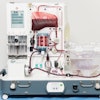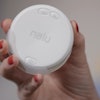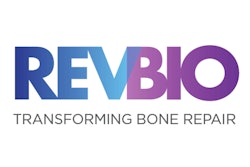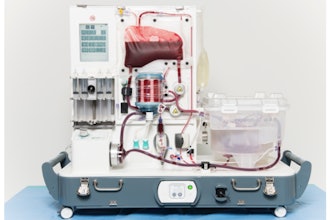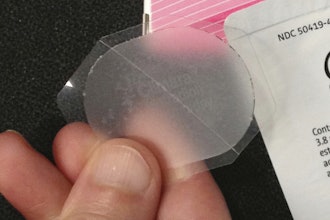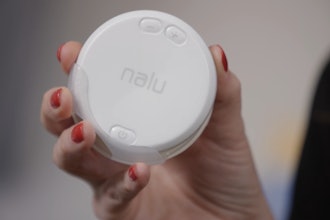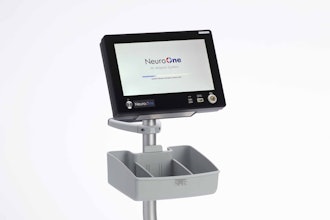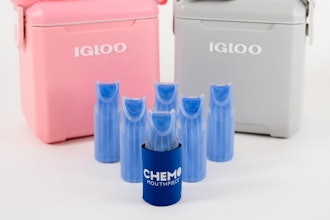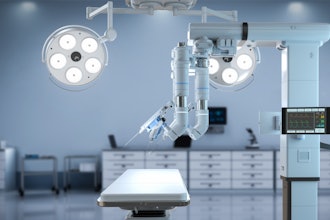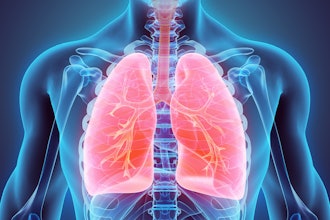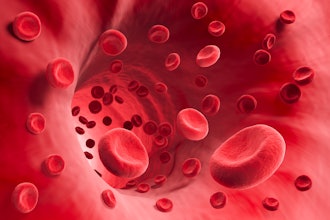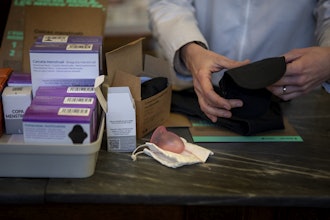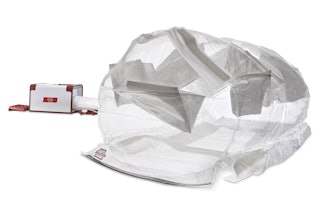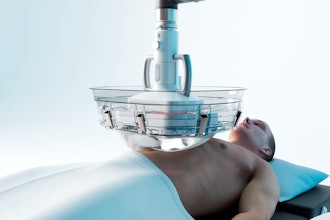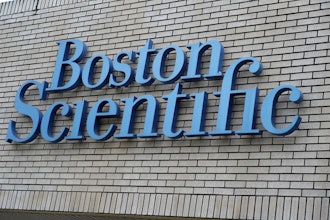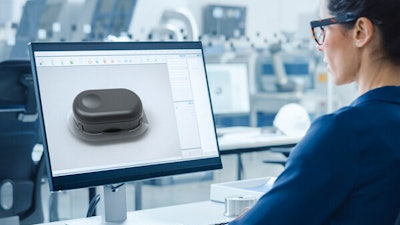
Phillips-Medisize has teamed with GlucoModicum, a med-tech company based in Finland, to design and eventually commercialize a proprietary non-invasive, wearable device that removes technology and patient-care roadblocks to continuous glucose monitoring (CGM).
In seeking a more convenient, rapid and gentle CGM alternative, GlucoModicum discovered that magnetohydrodynamic (MHD) technology could be used to apply a small amount of energy directly to interstitial fluid—the body fluid between blood vessels and cells—to drive it to the surface of the skin for quick and easy extraction of a glucose sample.
While their scientists conducted rigorous research, GlucoModicum sought an experienced contract development and manufacturing organization (CDMO) to assist in realizing their vision for a new device, called Talisman. This device is designed to adhere to a patient's arm, and integrates the MHD technology, ultra-sensitive biosensors and advanced algorithms while connecting to a smartphone app for data collection and reporting. The device is not yet FDA approved and does not have the CE mark.
In developing the Talisman, Phillips-Medisize applied special expertise in industrial design, mechanical and electrical engineering, connectivity, material science, miniaturization, supply chain management, software development, manufacturing, testing, quality assurance and regulatory compliance.
In November 2022, GlucoModicum published results of the safety, efficacy and effectiveness of its proprietary MHD technology in Scientific Reports, based on glucose tolerance tests conducted on five healthy volunteers. The results further supported previously published data that demonstrated GlucoModicum's MHD technology and biosensor solution was 13 times more effective than other needle-free approaches tested in extracting interstitial fluid from the skin. Additional testing of the five healthy volunteers revealed that Talisman's biosensor is eight times more sensitive to glucose molecules than comparative biosensors on the market.
Since a CGM informs treatment decisions, the clinical efficacy and documentation required by notified bodies and similar regulators, such as Food and Drug Administration (FDA) and Pharmaceutical and Medical Device Agency (PMDA), are critical to planning a successful launch. The Phillips-Medisize Design and Development team offers its medical customers regulatory capabilities customized to each company's needs—from regulatory documentation to guidance on device classification, risk assessments and device-specific submission requirements for regulatory bodies. In this case, Phillips-Medisize counseled GlucoModicum on what will be required for submissions to regulatory bodies in the markets where the company plans to launch this device. The GlucoModicum team found the advice and regulatory knowledge insightful and beneficial to their commercial launch plans.

